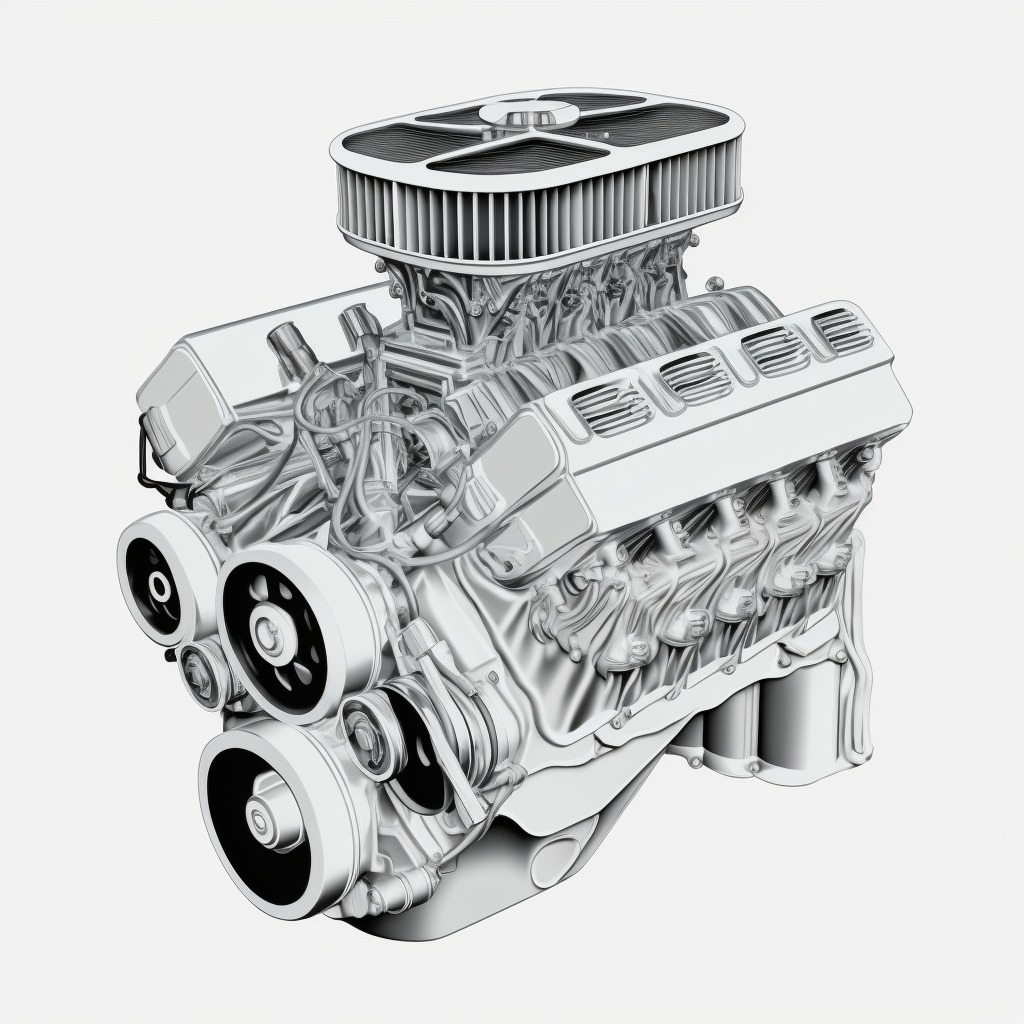The clockwise or counterclockwise direction of rotation of a car engine depends on several factors. Most cars today have internal combustion engines, which are typically powered by gasoline or diesel fuel. The direction of the rotation in these engines is determined by the design and orientation of the crankshaft, which is the part of the engine that converts the up-and-down motion of the pistons into rotational motion.
The crankshaft typically has one or more throws, which are oval-shaped protrusions that connect the pistons to the crankshaft. The orientation of the throws determines the direction of rotation of the engine. In most modern automobiles, the crankshaft is designed to rotate clockwise when viewed from the front. This is because the pistons move down in a clockwise direction when the engine is running, and the throws on the crankshaft rotate in the same direction.
This clockwise rotation is not universal, however. Some engines, particularly those used in racing or performance applications, have been designed to rotate counterclockwise instead. This is done for several reasons, including improved engine balance, and greater exhaust scavenging. In some cases, the counterclockwise rotation of the engine is used to reduce the risk of oil starvation, which can occur when the oil supply to the crankshaft is inadequate.
In addition to internal combustion engines, some cars have electric motors instead. The direction of rotation in these motors is typically determined by the design of the electric motor itself. Electric motors can be designed to rotate in either direction, depending on the application.
In summary, the direction of rotation of a car engine depends on several factors, including the type of engine, the design of the crankshaft, and the design of the electric motor, if applicable. In most cases, the engine will rotate clockwise when viewed from the front, but some engines have been designed to rotate counterclockwise instead.


